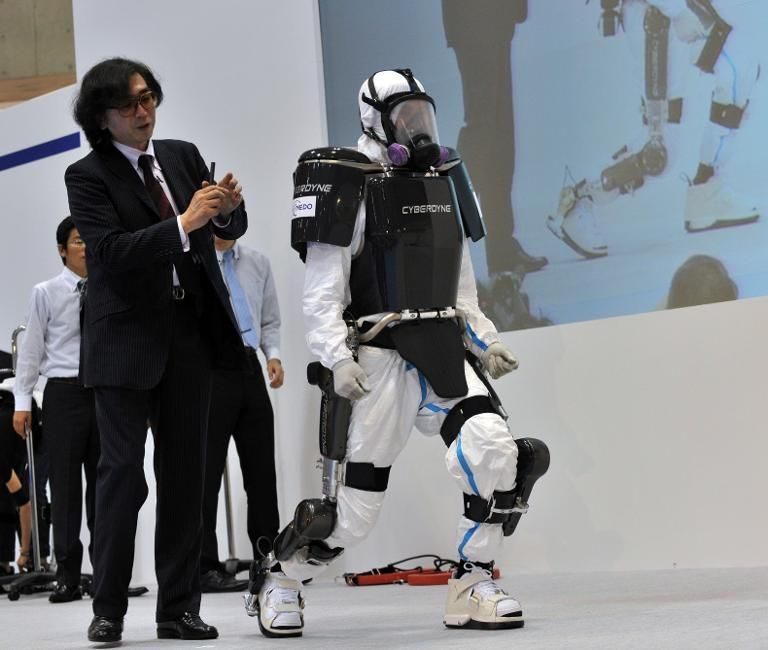
The researchers have developed an ultrathin, stretchable electronic skin, which has the potential to be applied to a variety of human-machine interactions, such as prosthetic devices and wearable health monitors, as well as with full-fledged robots.
The biggest challenge the researchers faced, as R&D Magazine reports, was transferring ultrathin electrical circuits onto complex three-dimensional surfaces. They then needed to develop the electronics so that they were stretchable to enable full movement.
The video below provides further detail about the development:
The new approach centered on producing thin-film circuits with integrated microelectronics. To achieve this the the researchers constructed a circuit template by 'patterning' it onto a sheet of transfer tattoo paper. This was achieved via the use of standard desktop laser printer (one of the research aims was keep costs low). Following this the researchers coated the template with silver paste. The paste only adhered only to the printed toner ink.
On top of the silver paste, a gallium-indium liquid metal alloy was deposited. This served to increase the electrical conductivity as well as the flexibility of the circuit. At the end of the process, the scientists added external electronics together with a conductive "glue" composed of vertically aligned magnetic particles which were embedded in a polyvinyl alcohol gel.
The electronic tattoo was tested out on different objects, such as a robot prosthetic arm. A second test involved monitoring human skeletal muscle activity. The results were considered successful and provide the foundations for future research.
The new research has been published in the journal ACS Applied Materials & Interfaces. The research paper is titled: "Hydroprinted Electronics: Ultrathin Stretchable Ag-In-Ga E-Skin for Bioelectronics and Human-Machine Interaction."



Reader Comments
There appears to be some sort of internal compulsion in humans to bring the tragic into being despite knowing better. -Even because they know better.
I recall hearing a comedian once raise his arms and cry, "1894 was supposed to be a warning , not an instruction manual!"
Even in one of the Terminator movies, the killer robot observes that, "It is in your nature to destroy yourselves."